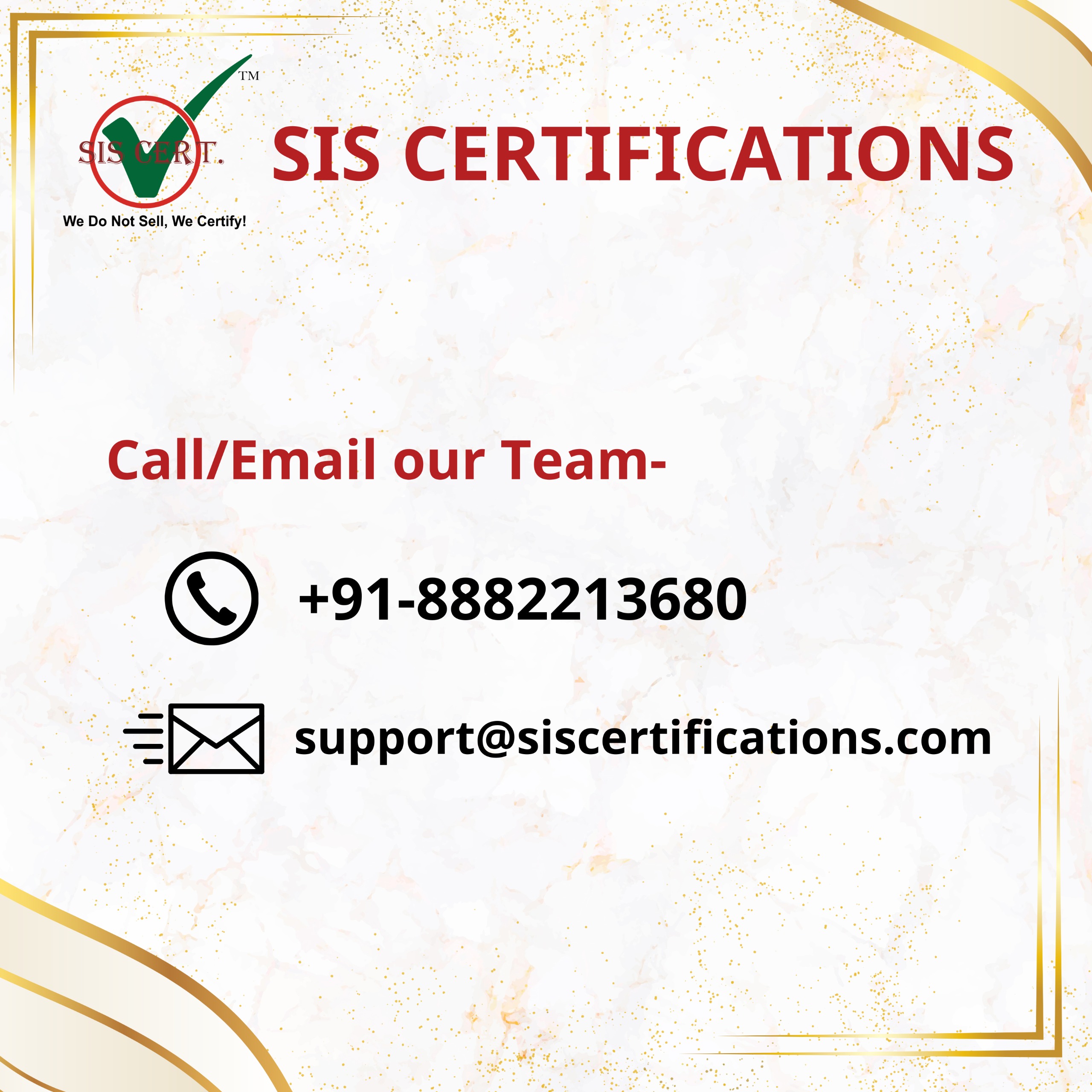ISO 27001 certification is a significant milestone for organizations aiming to demonstrate robust information security management. However, one of the most common questions is, “How long does it actually take?” The answer depends on several factors, including the organization’s size, complexity, existing processes, and readiness. Below, we break down the typical timeline, key stages, and variables that influence the duration of achieving ISO 27001 certification.
ISO 27001 certification typically takes between 3 and 12 months to achieve, depending largely on the size and complexity of the organization, as well as its current level of compliance and preparedness. Smaller organizations focused on the process may complete it in as little as three months, while larger or more complex businesses can require a year or more.
Understanding the ISO 27001 Certification Process
ISO 27001 is an internationally recognized standard for establishing, implementing, maintaining, and continually improving an Information Security Management System (ISMS). The certification process involves several stages, each with its own time requirements. These stages include preparation, implementation, internal audits, and external audits.
Key Stages and Their Timelines
- Preparation and Gap Analysis (1–3 Months)
The journey begins with understanding the ISO 27001 requirements and assessing your organization’s current security posture. A gap analysis identifies areas where your existing processes fall short of the standard’s requirements.
-
- Small organizations (under 50 employees): 1–2 months.
- Medium to large organizations (50–500+ employees): 2–3 months.
This phase involves defining the scope of the ISMS, securing management buy-in, and assembling a project team. The time required depends on the availability of resources and the complexity of existing systems.
- ISMS Development and Implementation (3–12 Months)
This is the most time-intensive phase, where you design and implement the ISMS. It includes developing policies, procedures, and controls, as well as training employees.
-
- Small organizations: 3–6 months.
- Medium organizations: 6–9 months.
- Large or complex organizations: 9–12 months.
Factors like the number of locations, IT infrastructure complexity, and employee awareness levels can extend this timeline. For example, organizations with multiple sites or legacy systems may need additional time to align processes.
- Internal Audit and Management Review (1–2 Months)
Before the external audit, you’ll conduct an internal audit to ensure the ISMS is effective and compliant. This is followed by a management review to address findings and prepare for certification.
-
- Typical duration: 1–2 months, depending on the number of issues identified and the time needed to address them.
Organizations with mature processes may complete this phase faster, while those with significant gaps may require more time for remediation.
- Typical duration: 1–2 months, depending on the number of issues identified and the time needed to address them.
- External Certification Audit (1–2 Months)
The certification audit is conducted in two stages:
-
- Stage 1: A documentation review to confirm your ISMS meets ISO 27001 requirements (1–2 weeks).
- Stage 2: An in-depth audit to verify implementation and effectiveness (2–4 weeks).
The total duration for both stages is typically 1–2 months, including scheduling with the certification body and addressing any minor nonconformities.
Total Timeline
- Small organizations: 6–12 months.
- Medium organizations: 9–18 months.
- Large or complex organizations: 12–24 months.
These timelines assume a dedicated project team and adequate resources. Delays can occur due to competing priorities, limited expertise, or unforeseen challenges like major security incidents.
Factors That Influence the Timeline
Several variables can speed up or slow down the certification process:
- Organizational Size and Complexity: Larger organizations with multiple departments or locations require more time to coordinate and implement controls.
- Existing Security Maturity: Organizations with pre-existing frameworks (e.g., ISO 9001 or NIST) may complete the process faster due to overlapping processes.
- Resource Availability: A dedicated project manager and sufficient budget can streamline efforts, while limited resources can cause delays.
- Employee Training and Awareness: Resistance to change or lack of awareness can prolong implementation, as cultural shifts are often necessary.
- Consultant Support: Engaging experienced ISO 27001 consultants can reduce the timeline by providing expertise and templates, though this increases costs.
Tips to Accelerate the Process
- Secure Leadership Commitment: Early buy-in from top management ensures resource allocation and prioritization.
- Leverage Existing Processes: Map current security practices to ISO 27001 requirements to avoid reinventing the wheel.
- Use Proven Tools and Templates: Standardized templates for policies and risk assessments can save significant time.
- Engage a Consultant: If internal expertise is limited, consultants can guide you through the process efficiently.
- Plan for Audits Early: Schedule external audits in advance to avoid delays due to certification body availability.
Common Pitfalls to Avoid
- Underestimating the Scope: Failing to define a clear ISMS scope can lead to rework and delays.
- Inadequate Documentation: Poorly documented processes can result in audit nonconformities, extending the timeline.
- Lack of Employee Buy-In: Without proper training, employees may resist new processes, slowing implementation.
- Rushing the Process: Cutting corners to meet deadlines can lead to a weak ISMS, increasing the risk of audit failure.
Conclusion
Achieving ISO 27001 certification with process requires typically takes 6–24 months, depending on your organization’s size, complexity, and readiness. By understanding the stages, allocating sufficient resources, and addressing potential challenges proactively, you can streamline the process and achieve certification efficiently. Not only does certification demonstrate your commitment to information security, but it also builds trust with customers and stakeholders,
